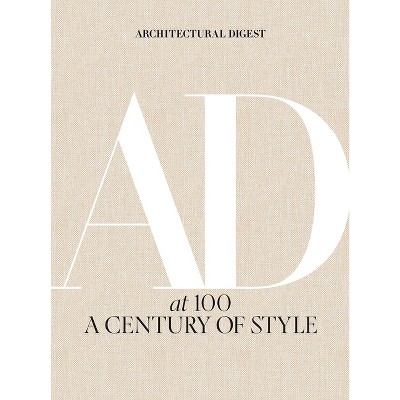Jean-Frederic Waldeck - by Esther Pasztory (Hardcover)

$55.00 when purchased online
Target Online store #3991
About this item
Highlights
- A rediscovery of the lively and dramatic art of one of the first European artists to visit the ruins at Palenque in the early nineteenth century.
- Author(s): Esther Pasztory
- 240 Pages
- Art, Individual Artists
Description
About the Book
A rediscovery of the lively and dramatic art of one of the first European artists to visit the ruins at Palenque in the early nineteenth century.Book Synopsis
A rediscovery of the lively and dramatic art of one of the first European artists to visit the ruins at Palenque in the early nineteenth century.Dimensions (Overall): 10.2 Inches (H) x 8.3 Inches (W) x .9 Inches (D)
Weight: 2.35 Pounds
Suggested Age: 22 Years and Up
Number of Pages: 240
Genre: Art
Sub-Genre: Individual Artists
Publisher: Unm Press
Theme: General
Format: Hardcover
Author: Esther Pasztory
Language: English
Street Date: June 15, 2011
TCIN: 1001049819
UPC: 9780826347039
Item Number (DPCI): 247-51-8548
Origin: Made in the USA or Imported
If the item details above aren’t accurate or complete, we want to know about it.
Shipping details
Estimated ship dimensions: 0.9 inches length x 8.3 inches width x 10.2 inches height
Estimated ship weight: 2.35 pounds
We regret that this item cannot be shipped to PO Boxes.
This item cannot be shipped to the following locations: American Samoa (see also separate entry under AS), Guam (see also separate entry under GU), Northern Mariana Islands, Puerto Rico (see also separate entry under PR), United States Minor Outlying Islands, Virgin Islands, U.S., APO/FPO
Return details
This item can be returned to any Target store or Target.com.
This item must be returned within 90 days of the date it was purchased in store, shipped, delivered by a Shipt shopper, or made ready for pickup.
See the return policy for complete information.





